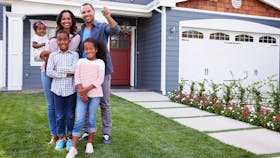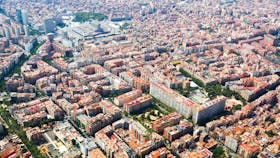Do you believe that better quality buildings and public spaces improve the quality of people’s lives? If so, you are like 85 percent of people surveyed in a study carried out for the Commission for Architecture & the Built Environment (CABE), who said the quality of the built environment made a difference on how they felt1.
Good design is an important part of our lives. As Claus Bech-Danielsen, Professor at the Danish Building Research Institute, explains it, property restoration in the form of renewed designs that introduce individuality and diversity in neighbourhoods can satisfy our societal ideals and create a positive impact on community health2.
And that’s just it, good design is more than simply making aesthetic improvements to our environment. It is also about improving the community’s wellbeing, creating more equal opportunities and socio-economic benefits3.
Greater social mobility, tax base
Increasing the attractiveness of neighbourhoods can also attract a more diverse group of people to live in the area, which has a range of benefits including improved social mobility. For example, children from low-income families living in higher-income neighbourhoods are more likely to attend college, and will as a result earn 31% more as adults4.
Diversity also improves the local business environment as businesses have access to diverse labour skills. From a city’s perspective, improving the quality of living conditions for all residents and the ability to attract new citizens through attractive neighbourhoods brought about by a modernised and attractive building stock will also contribute to the tax income of the city4.
Sign up to receive our insights
Let us help you stay knowledgeable and up-to-date within the world of urban planning, climate change, health and much more.
Sign up



